-
-
 Cardiology
Cardiology
-
 Clinical Oncology
Clinical Oncology
-
 Dental
Dental
-
 Dermatology
Dermatology
-
 Ear, Nose, Throat (ENT)
Ear, Nose, Throat (ENT)
-
 Endocrinology
Endocrinology
-
 Gastroenterology
Gastroenterology
-
 General Surgery
General Surgery
-
 Gynecology & Obstetrics
Gynecology & Obstetrics
-
 Interventional Cardiology
Interventional Cardiology
-
 Nephrology
Nephrology
-
 Neurology
Neurology
-
 Oncology Surgery
Oncology Surgery
-
 Ophthalmology
Ophthalmology
-
 Orthopedics
Orthopedics
-
 Pediatrics
Pediatrics
-
 Pediatrics Surgery
Pediatrics Surgery
-
 Physiotherapy
Physiotherapy
-
 Plastic Surgery
Plastic Surgery
-
 Psychiatry & Psychology
Psychiatry & Psychology
-
 Radiology
Radiology
-
 Urology
Urology
-
 Vascular Surgery
Vascular Surgery
-
Demystifying Weighing Balance: Precision in Measurement
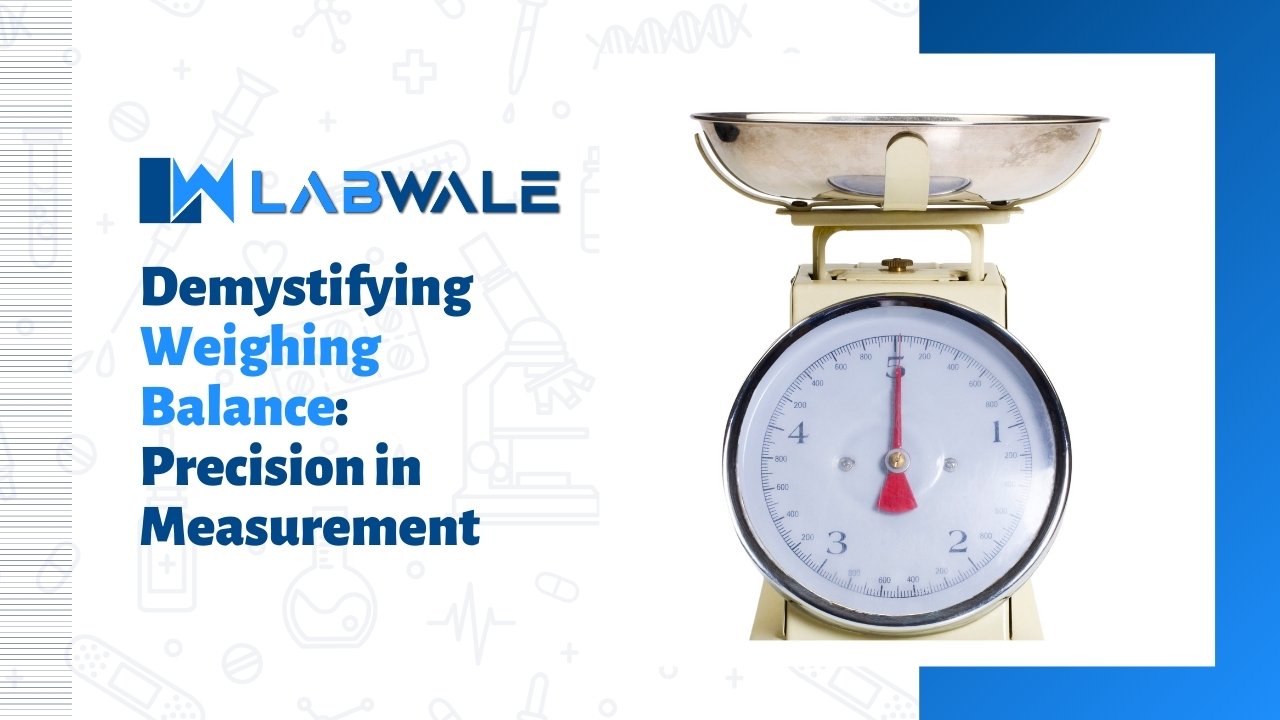
Contents
- Introduction to Weighing Balances and Their Role in Accurate Measurement
- What Is a Weighing Balance? Understanding the Core Concept
- Evolution of Weighing Balances: From Mechanical to Digital Precision
- Importance of Precision in Modern Measurement Systems
- How Weighing Balances Work: The Science Behind Accuracy
- Key Components of a Weighing Balance Explained
- Types of Weighing Balances Used Across Industries
- Analytical vs. Precision Weighing Balances: Key Differences
- Factors That Affect Accuracy and Measurement Reliability
- Role of Calibration in Maintaining Measurement Precision
- Environmental Influences on Weighing Balance Performance
- Sensitivity, Readability, and Repeatability Explained
- Weighing Balance Applications in Laboratories and Research
- Industrial and Commercial Uses of Weighing Balances
- Choosing the Right Weighing Balance for Your Application
- Common Errors in Weighing and How to Avoid Them
- Best Practices for Handling and Maintaining Weighing Balances
- Regulatory Standards and Compliance in Weighing Measurements
- Technological Advancements Improving Weighing Accuracy
- Digital Weighing Balances and Smart Measurement Systems
- Importance of Routine Maintenance and Performance Checks
- Future Trends in Precision Weighing Technology
- Conclusion
- Frequently Asked Questions About Weighing Balances
Introduction to Weighing Balances and Their Role in Accurate Measurement
Measurement is the backbone of science, commerce, and countless industries. At the heart of accurate measurement lies a tool often taken for granted—the weighing balance. Whether you’re in a bustling laboratory or an industrial warehouse, these devices play a crucial role in ensuring precision. But what truly sets them apart?
This blog will take you on a journey through the world of weighing balances, unraveling their complexities and exploring their evolution from simple mechanical devices to sophisticated digital systems. We’ll delve into how they work and why accuracy matters more than ever in today’s fast-paced environment.
From laboratories conducting groundbreaking research to commercial enterprises relying on precise measurements for quality control, understanding weighing balances unlocks better practices and enhanced reliability across various applications. Let’s demystify this essential instrument that influences everything from pharmaceuticals to food production!
What Is a Weighing Balance? Understanding the Core Concept
A weighing balance is an instrument designed to measure the mass of objects with remarkable precision. At its core, it operates on the principle of comparing weights.
When you place an item on one side, it is counterbalanced by a known weight on the other. This delicate dance allows for accurate measurement down to micrograms in some cases.
Understanding this core concept opens doors to recognizing how vital these instruments are across various fields. From laboratories measuring chemical components to kitchens ensuring perfect ingredient ratios, their applications are both diverse and essential.
The design may differ from one model to another, but all share the same fundamental goal: delivering accurate data that users can trust. Whether mechanical or digital, each weighing balance plays a crucial role in scientific inquiry and everyday tasks alike.
Evolution of Weighing Balances: From Mechanical to Digital Precision
The journey of weighing balances has been remarkable. Initially, these devices were simple mechanical structures. The balance beam was a staple in ancient markets, relying on the principle of equilibrium to measure weight.
As time progressed, advancements transformed how we view measurement. The introduction of spring scales added convenience but often sacrificed precision.
The real game-changer arrived with digital technology. Digital balances revolutionized accuracy and ease of use, providing quick readings and eliminating human error associated with manual calculations.
Modern designs incorporate sophisticated sensors that enhance sensitivity and reliability. Today’s digital weighing balances are not only faster but also offer features like connectivity for data management.
This evolution reflects humanity’s relentless pursuit of precision in measurement—a quest that continues to shape industries worldwide.
Importance of Precision in Modern Measurement Systems
Precision in modern measurement systems is crucial. It ensures that data collected across various fields is accurate and reliable. Whether in pharmaceuticals, manufacturing, or scientific research, even the slightest error can lead to significant consequences.
In laboratories, precise measurements are vital for experimental integrity. Researchers rely on exact figures to validate their hypotheses and achieve reproducible results. A slight deviation can compromise an entire study.
Industries also depend on precision for quality control. Accurate weighing prevents material wastage and guarantees product compliance with safety standards. This reliability enhances consumer trust and brand reputation.
Moreover, advancements in technology have made achieving precision easier than ever before. Digital balances offer unparalleled accuracy with features designed to minimize user error.
The importance of maintaining this level of precision cannot be overstated as it directly impacts efficiency, safety, and innovation across all sectors relying on measurement systems.
How Weighing Balances Work: The Science Behind Accuracy
Weighing balances operate on fundamental principles of physics. At their core, they measure mass by comparing an unknown weight to a known standard. This comparison enables precise measurements.
In mechanical balances, the force of gravity acts on both sides of a beam. The balance tips until equilibrium is achieved, allowing users to read the mass directly.
Digital balances utilize load cells that convert weight into an electrical signal. This signal gets processed and displayed digitally, offering quick and accurate readings.
Temperature, humidity, and air pressure can influence these measurements. Advanced models often incorporate features to counteract environmental factors.
Understanding how weights interact with gravitational forces helps ensure accuracy in various applications. Whether in laboratories or commercial settings, reliable performance hinges on these scientific principles at play.
Key Components of a Weighing Balance Explained
A weighing balance comprises several essential components that work together to achieve accurate measurements. At its core is the load cell, which converts a force into an electrical signal. This component plays a critical role in determining weight.
The display panel provides users with real-time data, showcasing the weight readout clearly and concisely. It often includes additional features like tare functions and unit conversions for enhanced usability.
Another vital part is the pan or platform where items are placed for weighing. Its design affects stability and ease of use, ensuring that samples remain secure during measurement.
Calibration weights also play a significant role in maintaining accuracy over time. Regular calibration ensures that your readings consistently reflect true values.
Housing materials protect internal mechanisms from environmental influences while offering durability for everyday use. Each component contributes uniquely to achieving precision in measurement tasks across various applications.
Types of Weighing Balances Used Across Industries
Weighing balances come in various types, each tailored to specific industries and applications.
Analytical balances are widely used in laboratories for precise measurements. They can measure small sample sizes with high accuracy, often down to the milligram level.
Precision balances, on the other hand, offer a balance of sensitivity and capacity. They’re ideal for general weighing tasks where slight variations matter but extreme precision isn’t critical.
Industrial scales cater to heavy-duty needs. These robust machines handle larger weights typically found in manufacturing or shipping environments.
There are also platform scales designed for bulk materials, ensuring efficiency during loading and unloading processes.
Moisture analyzers provide crucial data by assessing weight loss due to drying samples—a vital process in food production and pharmaceuticals. Each type brings unique features that enhance operational effectiveness across diverse sectors.
Analytical vs. Precision Weighing Balances: Key Differences
When it comes to weighing balances, understanding the differences between analytical and precision models is crucial. Analytical balances are designed for high accuracy and often come with a draft shield. This feature protects sensitive measurements from air currents, making them ideal for laboratory environments.
On the other hand, precision balances focus on providing reliable weight readings without reaching the extreme levels of sensitivity seen in analytical devices. They usually have a larger capacity but less resolution than their analytical counterparts.
The readability also varies; analytical balances typically offer finer resolutions down to 0.0001 grams, while precision balances generally provide readouts in increments of 0.01 grams or more.
The choice between these two types often depends on your specific needs—whether you require meticulous detail or robust general-purpose functionality tailored for everyday use in various industries.
Factors That Affect Accuracy and Measurement Reliability
Accuracy in weighing balances is influenced by various factors. One primary concern is the calibration of the device. Regular calibration ensures that measurements align with standard units, maintaining reliability.
Environmental conditions also play a crucial role. Temperature fluctuations can cause expansion or contraction in materials, affecting weight readings. Humidity may introduce moisture to samples, leading to inconsistent results.
Vibrations from nearby machinery or foot traffic can disrupt delicate measurements too. Stability is essential for precision; even minor disturbances can skew data significantly.
User technique cannot be overlooked either. Proper handling and placement of items on the balance are vital for accurate results. If an operator applies excessive force when placing a sample, it could lead to errors.
Dust accumulation or wear over time can impair performance as well. Keeping equipment clean and well-maintained enhances its accuracy and longevity.
Role of Calibration in Maintaining Measurement Precision
Calibration is essential for ensuring the accuracy of weighing balances. Over time, factors such as temperature fluctuations and mechanical wear can affect measurement precision. Regular calibration helps to identify these discrepancies.
During the calibration process, a balance is compared against known standards. This practice allows users to detect any drift in measurements. If adjustments are needed, they can be made swiftly to maintain reliability.
In many industries, precise measurements directly impact product quality and compliance with regulations. Calibration not only boosts confidence in results but also enhances overall efficiency in operations.
A well-calibrated weighing balance minimizes errors and maximizes trustworthiness. Investing time into this routine maintenance fosters better outcomes across various applications—from laboratories to manufacturing settings.
Environmental Influences on Weighing Balance Performance
Environmental factors significantly influence the performance of weighing balances. Temperature fluctuations can disrupt measurements, leading to inaccuracies in readings. A balance that operates optimally at room temperature may struggle if exposed to extreme heat or cold.
Humidity is another critical element. High humidity can cause moisture accumulation on samples, altering their weight and affecting precision. Likewise, low humidity could lead to static charges that interfere with accurate readings.
Vibrations from nearby equipment or foot traffic can also impact results. Weighing balances need a stable surface free from disturbances for reliable performance.
Additionally, air currents caused by open windows or fans may result in fluctuating weights during measurement sessions. It’s essential to keep these environmental variables in check to ensure consistent and accurate outcomes when using weighing balances across various applications.
Sensitivity, Readability, and Repeatability Explained
Sensitivity refers to a balance’s ability to detect small changes in weight. A highly sensitive balance can measure tiny increments, making it ideal for precise applications in laboratories.
Readability is all about how easily you can interpret the displayed measurement. A clear digital readout or an analog dial with distinct markings enhances user experience and reduces errors during readings.
Repeatability takes this further by measuring how consistently a balance provides the same reading under the same conditions. This is crucial when multiple measurements are taken over time, ensuring reliability in results.
Together, these factors create a solid foundation for accurate weighing processes. Understanding their significance helps users select the right equipment tailored to specific needs and ensures that they maintain high standards of precision in their work.
Weighing Balance Applications in Laboratories and Research
Weighing balances play a pivotal role in laboratories and research settings. They ensure accurate measurement of substances, which is crucial for experimental integrity.
In chemistry labs, precise weight measurements are essential for creating solutions and conducting reactions. Even a slight variation can lead to significant changes in results.
Biological research often relies on weighing balances too. Scientists measure samples like proteins or cultures with high precision to maintain consistency across experiments.
Quality control in pharmaceuticals also depends heavily on these instruments. Accurate dosing ensures safety and efficacy in drug formulation.
Moreover, environmental studies require reliable data collection. Weighing balances help assess pollutants or measure sample sizes from various ecosystems accurately.
In essence, the versatility of weighing balances makes them indispensable tools across multiple scientific disciplines.
Industrial and Commercial Uses of Weighing Balances
Weighing balances are vital tools in various industrial and commercial sectors. They ensure precise measurements for quality control, inventory management, and product formulation.
In manufacturing, accurate weight measurements help maintain consistency in production processes. Any deviation can lead to costly errors or subpar products.
Retail uses weighing balances for inventory tracking and pricing. Accurate weights streamline transactions and enhance customer trust.
Pharmaceutical companies rely on these devices to measure active ingredients meticulously. Precision is critical here; even slight variances can affect drug efficacy.
Food industry applications range from portion control to ingredient measurements in recipes. Ensuring the correct amounts not only impacts taste but also food safety compliance.
Logistics operations utilize weighing balances for shipping efficiency. Knowing exact package weights aids in cost calculations and prevents overloading transport vehicles.
Choosing the Right Weighing Balance for Your Application
Choosing the right weighing balance is crucial for achieving accurate measurements tailored to your specific needs. Begin by assessing the type of materials you’ll be measuring. Different balances cater to solids, liquids, or powders.
Next, consider the precision required for your tasks. Analytical balances offer high accuracy suitable for laboratories, while industrial scales might suffice in manufacturing environments where speed is key.
Weight capacity also plays a significant role. Opt for a balance that can handle both your heaviest and lightest samples without compromising performance.
Don’t overlook features like readability and sensitivity either. A display with clear digits becomes essential when working in dim lighting or busy settings.
Think about portability if you need flexibility across different locations. Some models are designed to be easily moved without sacrificing stability during use.
Common Errors in Weighing and How to Avoid Them
Weighing errors can significantly impact results. One common mistake is not zeroing the balance before use. This simple step ensures accurate readings.
Another frequent error involves environmental factors like drafts or vibrations. Always place balances on a stable, level surface away from air currents to maintain precision.
User technique also plays a crucial role. Avoid touching the pan directly with bare hands, as oils and residues can throw off measurements. Instead, use gloves or tweezers for handling materials.
Calibration must never be overlooked. Regular checks help identify discrepancies that could lead to faulty data.
Inconsistent sample sizes may skew results. Always weigh samples in similar quantities to ensure uniformity across tests. By addressing these issues proactively, accuracy improves dramatically in weighing processes.
Best Practices for Handling and Maintaining Weighing Balances
Proper handling of weighing balances is crucial for maintaining their accuracy. Always use both hands when lifting or moving a balance. This prevents undue stress on the components.
Keep the weighing area clear of clutter and dust. A clean workspace minimizes contamination and improves measurement reliability.
Regularly check that the balance is level. An unlevel balance can lead to significant errors in weight readings, so using built-in leveling feet or spirit levels helps ensure optimal accuracy.
Routine cleaning is essential as well. Use soft cloths and suitable cleaning agents recommended by manufacturers to avoid damaging sensitive parts.
Familiarize yourself with the user manual. Understanding your specific model’s features will help you utilize its full potential while extending its lifespan through proper care.
Regulatory Standards and Compliance in Weighing Measurements
Regulatory standards play a crucial role in ensuring accuracy and reliability in weighing measurements. These guidelines are established by various organizations, such as the International Organization for Standardization (ISO) and the National Institute of Standards and Technology (NIST).
Compliance with these standards helps maintain consistency across industries. It also fosters trust between manufacturers, consumers, and regulatory bodies.
Different sectors have unique requirements based on their applications. For instance, pharmaceuticals demand higher precision compared to food production. This distinction ensures that results meet safety and quality benchmarks.
Regular audits and inspections help uphold these standards. Companies must remain vigilant about calibration practices to avoid penalties or inaccuracies.
Understanding regulatory demands is essential for businesses aiming for excellence in their operations. Each step towards compliance enhances overall measurement integrity while minimizing risks associated with inaccuracies or faulty equipment.
Technological Advancements Improving Weighing Accuracy
The landscape of weighing technology has transformed dramatically in recent years. Innovations such as load cell advancements have significantly enhanced the accuracy and reliability of measurements.
Smart sensors now offer real-time data analytics, allowing users to monitor conditions that may affect readings. These sensors can detect environmental factors like temperature fluctuations or vibrations, ensuring optimal performance.
Integration with cloud computing adds another layer of precision. Users can access and analyze data remotely, making it easier to track trends over time. This capability is particularly beneficial for industries requiring extensive quality control measures.
Additionally, software developments streamline calibration processes. Automated systems ensure that balances maintain their accuracy without manual intervention, reducing human error.
With these technological strides, weighing balances are becoming more precise than ever before—empowering industries from pharmaceuticals to agriculture with unmatched measurement integrity.
Digital Weighing Balances and Smart Measurement Systems
Digital weighing balances have transformed how we measure weight with their impressive accuracy and ease of use. These devices employ advanced sensors and microprocessors, offering seamless integration into various workflows.
Smart measurement systems take this a step further by connecting to networks or mobile apps. This connectivity allows real-time data tracking, remote monitoring, and easy export of results to spreadsheets or databases.
User-friendly interfaces make these balances accessible for everyone, from lab technicians to industrial operators. Features like touch screens simplify navigation through settings and functionalities.
Moreover, digital balances often include built-in calibration reminders. This ensures ongoing precision in measurements without requiring constant manual checks.
As industries evolve, the demand for smart features continues to rise. Digital weighing solutions are now essential tools in laboratories, manufacturing plants, and even retail environments. They enhance efficiency while maintaining rigorous standards of accuracy.
Importance of Routine Maintenance and Performance Checks
Routine maintenance and performance checks are vital for ensuring the reliability of weighing balances. Regular inspections help identify wear and tear that can compromise accuracy.
Performing these checks allows users to spot any irregularities early on. It’s not just about fixing issues; it’s about preventing them in the first place. A well-maintained balance operates consistently, providing trustworthy results every time.
Moreover, routine care can extend the lifespan of your equipment. Simple tasks like cleaning surfaces or recalibrating instruments safeguard against errors caused by dust or environmental changes.
Documentation plays a key role as well. Keeping logs of maintenance activities helps establish patterns over time, making future troubleshooting easier.
Investing time into upkeep fosters confidence in measurement outcomes across various applications—from laboratories to industrial settings—where precision is crucial for success.
Future Trends in Precision Weighing Technology
The future of precision weighing technology is poised for exciting developments. As industries demand higher accuracy, innovations are on the horizon. Expect to see advancements in microbalance systems that can measure minute quantities with unparalleled precision.
Artificial intelligence will play a critical role in analysis and data interpretation. Smart algorithms can enhance measurement reliability while reducing human error. Automated calibration processes could streamline operations, ensuring consistent performance over time.
Integration with IoT devices is another trend to watch. This connectivity allows real-time data sharing and remote monitoring, enhancing efficiency across various sectors.
Sustainability will also influence design choices as manufacturers focus on eco-friendly materials and energy-efficient models. This shift not only benefits the environment but can drive cost savings for businesses too.
As these trends unfold, the landscape of weighing technology will transform, making it more efficient and accessible than ever before.
Conclusion
Precision in weighing balances plays a crucial role across various industries. As technology continues to advance, the importance of selecting the right balance cannot be overstated.
Investing in high-quality equipment ensures accuracy and reliability. Proper calibration and maintenance extend the lifespan of these vital tools.
Understanding how different types of weighing balances function can enhance measurement practices. Awareness of environmental factors that impact performance is equally essential.
With ongoing innovations, future developments promise even greater precision and efficiency. Embracing these advancements will help professionals achieve their goals more effectively.
As demands for accuracy rise, staying informed about best practices is key to success in any field requiring precise measurements.
Frequently Asked Questions About Weighing Balances
When it comes to weighing balances, many questions often arise. Here are some common inquiries along with their answers. Understanding these aspects helps ensure your weighing processes remain reliable and accurate across different applications.
What is the difference between a scale and a balance?
A scale measures weight, while a balance compares an unknown mass against known masses. Balances provide more precise measurements than standard scales.
How often should I calibrate my weighing balance?
Calibration frequency depends on usage and industry standards. Regular calibration is essential for maintaining accuracy, typically every six months or after significant use.
Can environmental conditions affect weighing accuracy?
Yes, factors such as temperature fluctuations, humidity levels, and vibrations can impact measurement precision. It’s crucial to place balances in stable environments for optimal performance.
What types of samples can be weighed on analytical balances?
Analytical balances are designed for small quantities of various substances like powders, liquids, or solids in laboratories. Their high sensitivity makes them ideal for detailed research tasks.
Are digital balances better than mechanical ones?
Digital balances offer improved readability and precision compared to mechanical models. They also come with features that enhance usability and data management capabilities but may require more frequent maintenance due to electronic components.


 Anatomy Lab Equipments
Anatomy Lab Equipments
 Biochemistry Lab Equipments
Biochemistry Lab Equipments
 Biology Lab Equipments
Biology Lab Equipments
 Chemistry Lab Equipments
Chemistry Lab Equipments
 Cytology Lab Equipments
Cytology Lab Equipments
 Cytopathology Lab Equipments
Cytopathology Lab Equipments
 Dental Lab Equipments
Dental Lab Equipments
 Forensic Lab Equipments
Forensic Lab Equipments
 Genetics Lab Equipments
Genetics Lab Equipments
 Hematology Lab Equipments
Hematology Lab Equipments
 Histology Lab Equipments
Histology Lab Equipments
 Histopathology Lab Equipments
Histopathology Lab Equipments
 Mathematics Lab Equipments
Mathematics Lab Equipments
 Microbiology Lab Equipments
Microbiology Lab Equipments
 Molecular Biology Lab Equipments
Molecular Biology Lab Equipments
 Pathology Lab Equipments
Pathology Lab Equipments
 Pharmaceutical Lab Equipments
Pharmaceutical Lab Equipments
 Physics Lab Equipments
Physics Lab Equipments
 Radiology Lab Equipments
Radiology Lab Equipments
 Science Lab Kit’s
Science Lab Kit’s
 Toxicology Lab Equipments
Toxicology Lab Equipments

 Borosilicate Glass Beaker
Borosilicate Glass Beaker
 Plastic Beaker (Euro Design)
Plastic Beaker (Euro Design)
 Plastic Beaker (Printed Graduation)
Plastic Beaker (Printed Graduation)
 Test Tube Brush
Test Tube Brush
 Measuring Cylinder Brush
Measuring Cylinder Brush
 Conical Flask Brush
Conical Flask Brush
 Volumetric Flask Brush
Volumetric Flask Brush
 Round Bottom Flask Brush
Round Bottom Flask Brush
 Glass Beaker Brush
Glass Beaker Brush
 Pipette Brush
Pipette Brush
 Wash Bottle Brush
Wash Bottle Brush
 Borosilicate Büchner Flask
Borosilicate Büchner Flask
 Borosilicate Erlenmeyer/Conical Flask
Borosilicate Erlenmeyer/Conical Flask
 Borosilicate Pear-Shaped Flask
Borosilicate Pear-Shaped Flask
 Borosilicate Round Bottom Flask
Borosilicate Round Bottom Flask
 Plastic Conical Flask
Plastic Conical Flask
 Plastic Volumetric Flask
Plastic Volumetric Flask
 Bunsen Burner
Bunsen Burner
 Spirit Lamp
Spirit Lamp
 Borosilicate Glass Burette
Borosilicate Glass Burette
 Plastic Burette
Plastic Burette
 Capillary Tube
Capillary Tube
 Centrifuge Tube
Centrifuge Tube
 Test Tube
Test Tube
 Ria Vial
Ria Vial
 Vacutainer Tubes
Vacutainer Tubes
 Syringes
Syringes
 Student Microscope
Student Microscope
 Binocular Microscope
Binocular Microscope
 Dissecting Microscope
Dissecting Microscope
 Microscope Glass Slides
Microscope Glass Slides
 Cover Slip
Cover Slip
 Inoculating Loop
Inoculating Loop
 Slide Box
Slide Box
 Lamps
Lamps
 Oils
Oils
 Beaker Tongs
Beaker Tongs
 Crucible Tongs
Crucible Tongs
 Flask Tongs
Flask Tongs
 Borosilicate Glass Funnel
Borosilicate Glass Funnel
 Plastic Funnels
Plastic Funnels
 Wash Bottle
Wash Bottle
 Borosilicate Glass Reagent Bottle
Borosilicate Glass Reagent Bottle
 Plastic Reagent Bottle
Plastic Reagent Bottle
 Borosilicate Measuring Cylinder
Borosilicate Measuring Cylinder
 Plastic Measuring Cylinder
Plastic Measuring Cylinder
 Borosilicate Glass Graduated Pipette
Borosilicate Glass Graduated Pipette
 Borosilicate Glass Volumetric Pipette
Borosilicate Glass Volumetric Pipette
 HB Pipette
HB Pipette
 Pasteur Pipette
Pasteur Pipette
 Micropipettes
Micropipettes
 Micropipette Tips
Micropipette Tips
 Filter Paper
Filter Paper
 Litmus Paper
Litmus Paper
 pH Paper
pH Paper
 Chromatography Paper
Chromatography Paper
 Plastic Petri Plates (Sterile)
Plastic Petri Plates (Sterile)
 Glass Petri Plates (Non-Sterile)
Glass Petri Plates (Non-Sterile)
 Safety Goggles
Safety Goggles
 Lab Coats
Lab Coats
 Gloves
Gloves
 Masks
Masks
 Shoe Covers
Shoe Covers
 Hair & Beard Covers
Hair & Beard Covers
 Steel Spatula
Steel Spatula
 Plastic Spatula
Plastic Spatula
 Hitachi Sample Cup
Hitachi Sample Cup
 Plastic Scoop
Plastic Scoop
 Plastic Medicine Cup
Plastic Medicine Cup
 Dissecting Tool Kit
Dissecting Tool Kit
 Dissecting Forceps
Dissecting Forceps
 Hemostatic Forceps
Hemostatic Forceps
 Thumb Forceps / Tweezers
Thumb Forceps / Tweezers
 Blood Culture Bottle
Blood Culture Bottle
 Urine Container
Urine Container
 Wooden Swab Stick
Wooden Swab Stick
 Test Tube Holder
Test Tube Holder
 Test Tube Racks
Test Tube Racks
 Magnifying Glass
Magnifying Glass
 Watch Glass
Watch Glass
 Mortar and Pestle
Mortar and Pestle
 Coplin Jar
Coplin Jar
 Plastic Stirrer
Plastic Stirrer
 Glass Stirrer
Glass Stirrer
 Crucible
Crucible
 Tripod
Tripod
 Wire Mesh
Wire Mesh
 Laboratory Thermometer
Laboratory Thermometer
 Tourniquet
Tourniquet
 Alcohol Swab
Alcohol Swab
 Blood Lancet
Blood Lancet
 Bandage
Bandage
 Gloves & Masks
Gloves & Masks







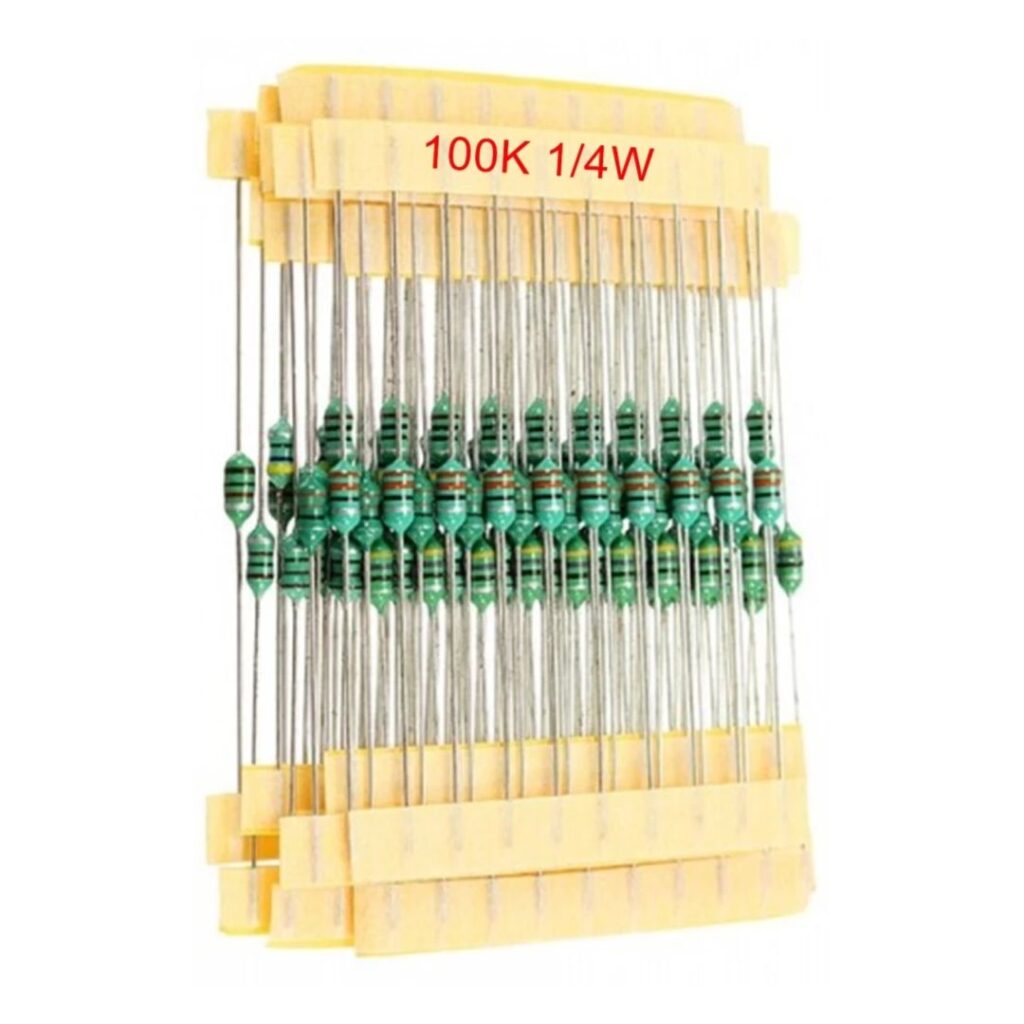


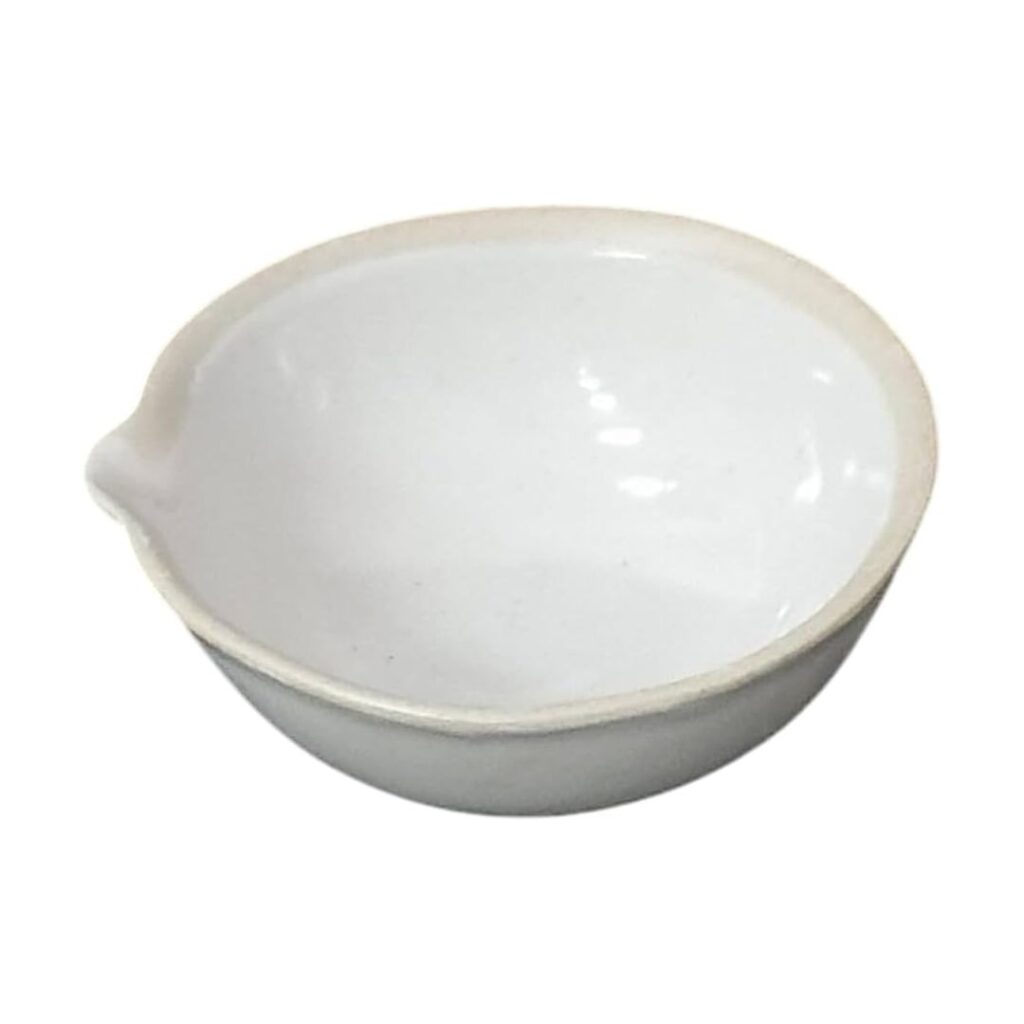
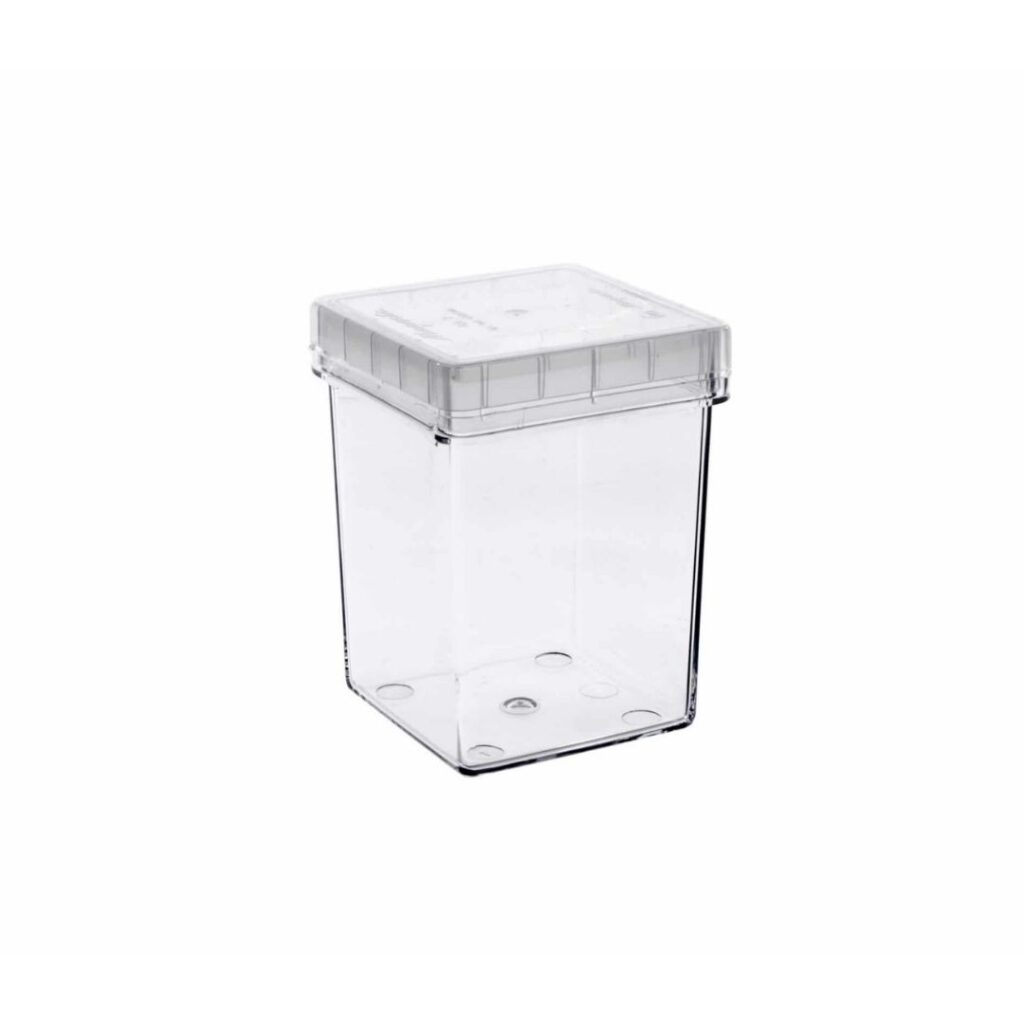

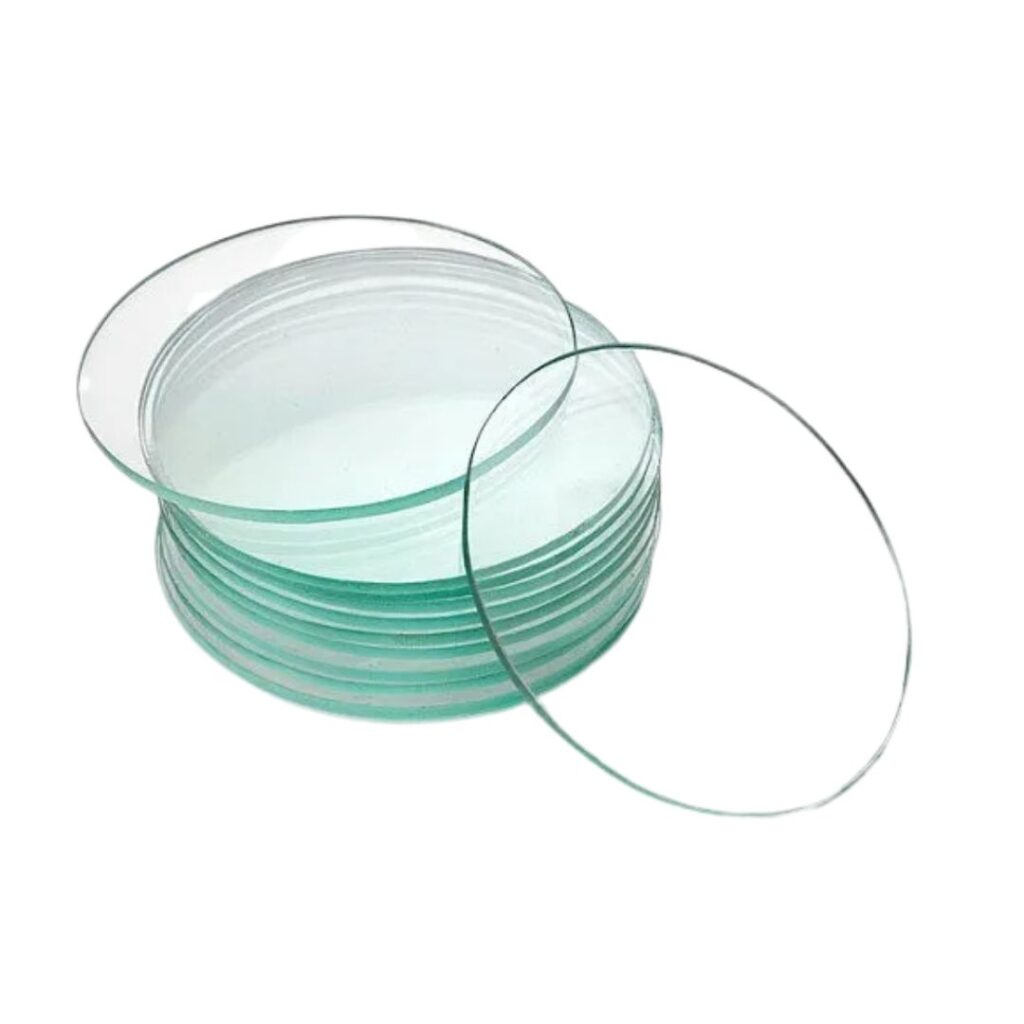
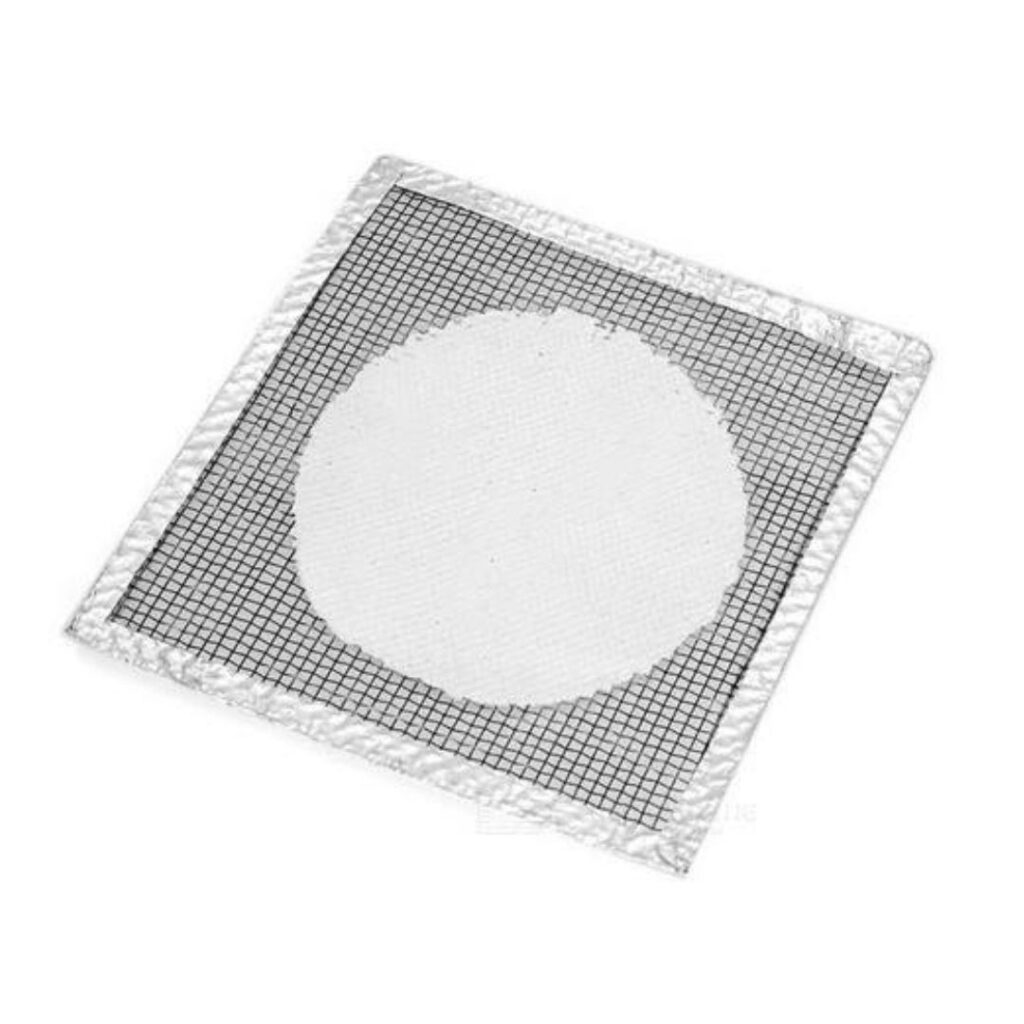
 Cardiology
Cardiology Clinical Oncology
Clinical Oncology






